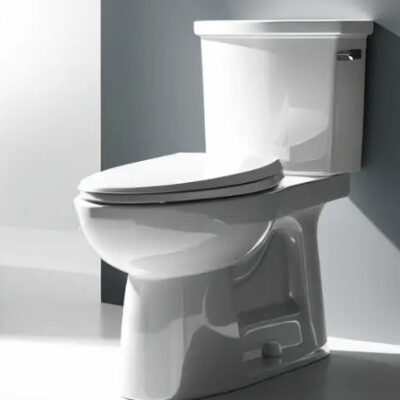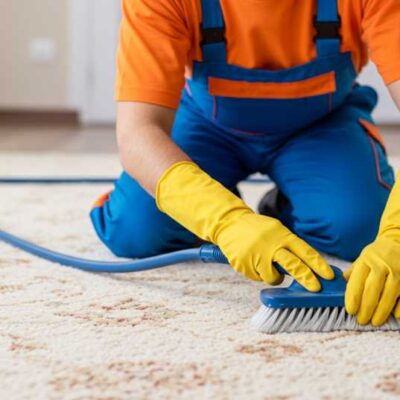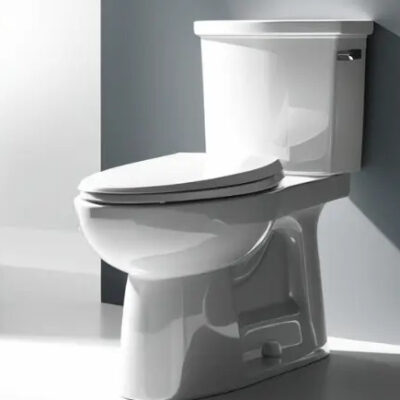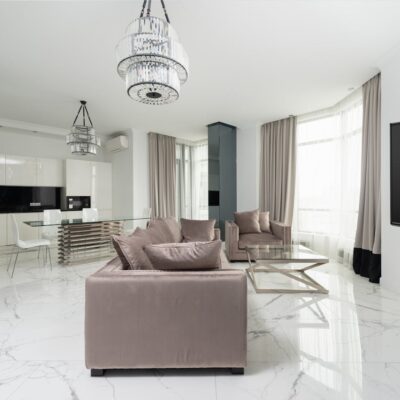Designing a home often comes down to a balance between style and practicality. Homeowners want their spaces to look stunning but also withstand the test of time, weather, and daily use. Few features capture that balance quite like barn doors. When used outdoors, these doors need more than good looks—they demand durability, resistance to the elements, and a touch of personality. That’s where the conversation about materials comes in. Selecting the right material for exterior sliding barn doors isn’t just a matter of taste; it’s a long-term investment in how the home functions and feels.
Why Material Choice Matters So Much?
Imagine investing in a beautiful barn door only to find it warping, cracking, or peeling after the first rainy season. That’s not just disappointing; it’s money wasted. Materials determine how well a barn door handles sun, wind, rain, and even curious critters. A sleek design may draw compliments, but if the door doesn’t perform well under pressure, the appeal quickly fades. You, as a homeowner, deserve peace of mind knowing that your choice will stand firm for years to come.
Wood: The Classic Go-To
Wood remains the timeless option for many homeowners. It offers warmth, charm, and authenticity that manufactured materials can only attempt to mimic. Woods like cedar, redwood, and white oak have natural resistance to decay, making them excellent candidates for barn doors exterior applications. But here’s the catch: wood requires consistent upkeep. Without regular sealing, staining, or painting, it risks becoming a victim of weather damage.
If you love the look of wood but dread the thought of sanding and sealing every couple of years, engineered wood products or wood composites provide a compromise. They deliver the rustic vibe but with fewer maintenance headaches.
Steel: Toughness That Speaks Volumes
Steel brings a no-nonsense durability that makes it a popular material for exterior sliding barn doors. Resistant to warping and capable of standing strong against wind gusts, steel earns its reputation as a powerhouse option. Plus, it creates a modern industrial aesthetic that pairs surprisingly well with rustic homes.
The downside? Steel can rust if not properly treated. Galvanized or powder-coated finishes help, but you’ll need to keep an eye out for scratches that could expose raw metal to moisture. Still, for those who prioritize strength and longevity, steel often checks all the boxes.
Aluminum: Lightweight and Low-Maintenance
Aluminum tends to fly under the radar, but it deserves recognition for exterior door applications. It’s lighter than steel, making it easier to operate, yet it resists corrosion much better. If you’re someone who doesn’t want to fuss over endless upkeep, aluminum delivers a winning combination of durability and low maintenance.
Aesthetically, aluminum doors can be powder-coated in almost any color, giving homeowners freedom to match their doors to the overall design of the home. They won’t rot, rust, or swell, making them a safe bet for humid or rainy climates.
Fiberglass: The Unsung Hero
Fiberglass doesn’t always get the glamour spotlight, but it certainly deserves a nod. This material is engineered to withstand just about anything nature throws at it—rain, snow, heat, or freezing temps. Fiberglass mimics the look of real wood but doesn’t demand the same level of care.
For families looking for something that looks refined while also shrugging off weather extremes, fiberglass earns its place in the lineup. Unlike metal, it doesn’t dent easily, and unlike natural wood, it won’t split. In many ways, it’s the practical choice for those who prefer to “set it and forget it.”
Blended Materials: Striking the Middle Ground
What if you can’t pick just one? That’s where blended materials come in. Manufacturers often combine metal frames with wooden panels or fiberglass cores with steel reinforcements. This approach gives you the best of both worlds: the beauty of natural textures paired with the ruggedness of modern materials.
It’s worth asking yourself: Do you value authenticity more, or is performance your top concern? Hybrid doors let you cheat a little by offering both in one package.
Thinking About Climate Before Choosing
Here’s the thing: the perfect barn door for someone in Arizona may not be the same for someone in Tennessee. Hot, dry climates test wood with cracking, while humid regions put aluminum and fiberglass to the test. Cold northern states challenge steel with ice and salt exposure.
Tennessee Barn Doors has noted that material choice often boils down to how well a door can handle its local climate. For example, cedar performs beautifully in drier conditions, while aluminum and fiberglass thrive in humid or coastal areas. Paying attention to these regional realities keeps you from making an expensive mistake.
Style Still Counts
Durability is crucial, but let’s be real—nobody wants a door that’s built like a tank but looks out of place. The beauty of today’s market is that durable materials don’t mean compromising on design. From sleek steel frames to aluminum doors that imitate wood grain, the variety of options allows you to match your barn door to your home’s overall aesthetic.
And let’s face it—barn doors are as much about personality as they are about function. Whether you want something bold and modern or warm and rustic, the material you choose should reflect that vibe. After all, a barn door is more than just a door—it’s a focal point.
Maintenance: The Real Deal-Breaker
Nobody enjoys endless chores, especially when it comes to maintaining large, heavy doors. That’s why maintenance should weigh heavily in your decision. Wood looks great but can be demanding. Steel stands strong but needs regular inspection to prevent rust. Aluminum and fiberglass keep things simple, requiring minimal effort to stay in top condition.
So, the question becomes: How much time and energy are you willing to commit? If you love DIY projects, a wooden barn door might not scare you off. If not, materials like fiberglass or aluminum could save you future frustration.
Cost Considerations Without the Sticker Shock
Money talks, even when it comes to barn doors. Natural wood often comes with a higher upfront cost plus ongoing maintenance expenses. Steel and aluminum offer more predictability but still require initial investment. Fiberglass usually lands in the middle ground—affordable upfront with minimal ongoing costs.
Of course, the cheapest option isn’t always the smartest. A low-cost wood that warps in a year is more expensive in the long run than investing in a durable aluminum or fiberglass door. Thinking long-term value saves both cash and headaches.
Safety and Security Matter Too
Exterior doors aren’t just about looks and durability; they also serve as a barrier to keep your family safe. Materials like steel and fiberglass offer better security than softwoods. Aluminum, while lighter, still performs well when paired with quality locks and reinforcements.
If security is a top priority for you, lean toward the sturdier end of the material spectrum. The peace of mind alone is worth it.
Wrapping It All Up
Choosing the right material for barn doors exterior applications isn’t something to rush. Each option—wood, steel, aluminum, fiberglass, or a blend—offers its own unique perks and quirks. The climate where you live, your tolerance for maintenance, your budget, and even your style preferences all play into the decision.
Tennessee Barn Doors demonstrates how selecting durable, weather-ready materials can turn barn doors from simple entry points into lasting design statements. Whether you lean toward the rustic charm of wood, the industrial strength of steel, or the low-maintenance appeal of fiberglass, there’s a solution that meets your needs.
At the end of the day, the goal is simple: an exterior sliding barn door that not only looks amazing but also performs reliably for years. The smartest choice balances style, practicality, and durability—because nobody wants to replace their doors every couple of seasons. With the right material, your barn doors become more than a feature; they become a lasting part of your home’s personality.





